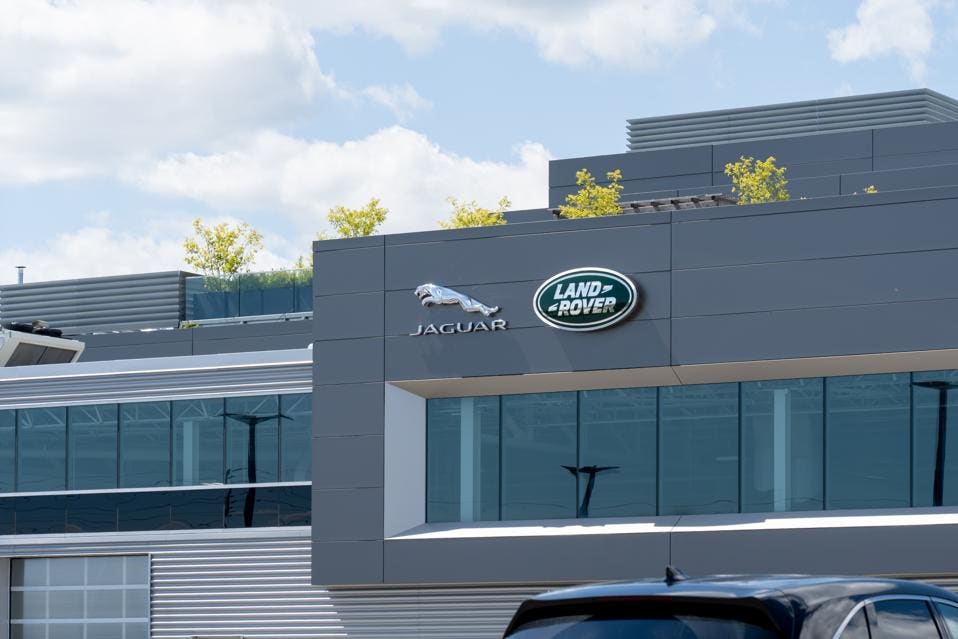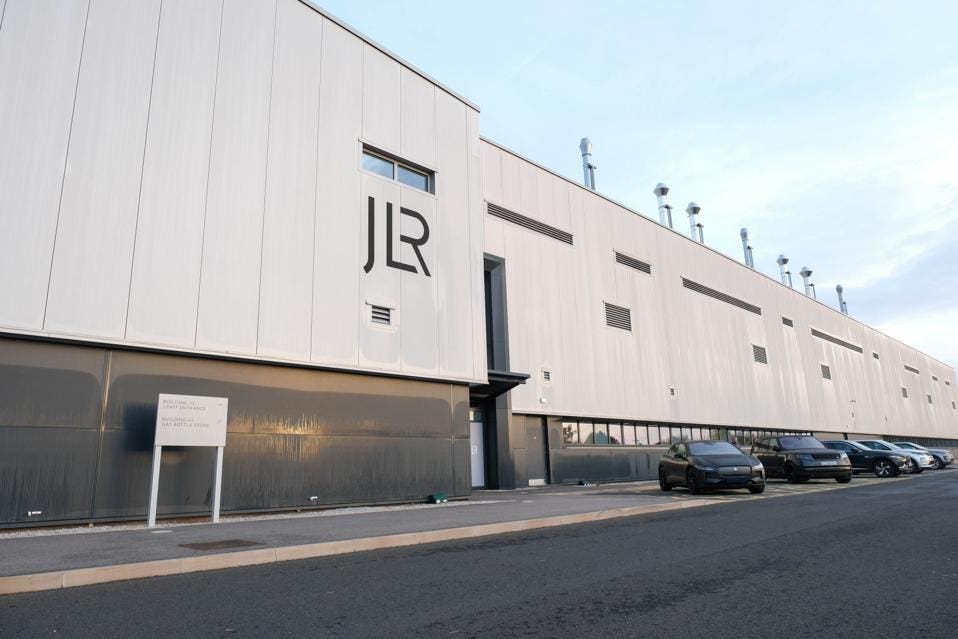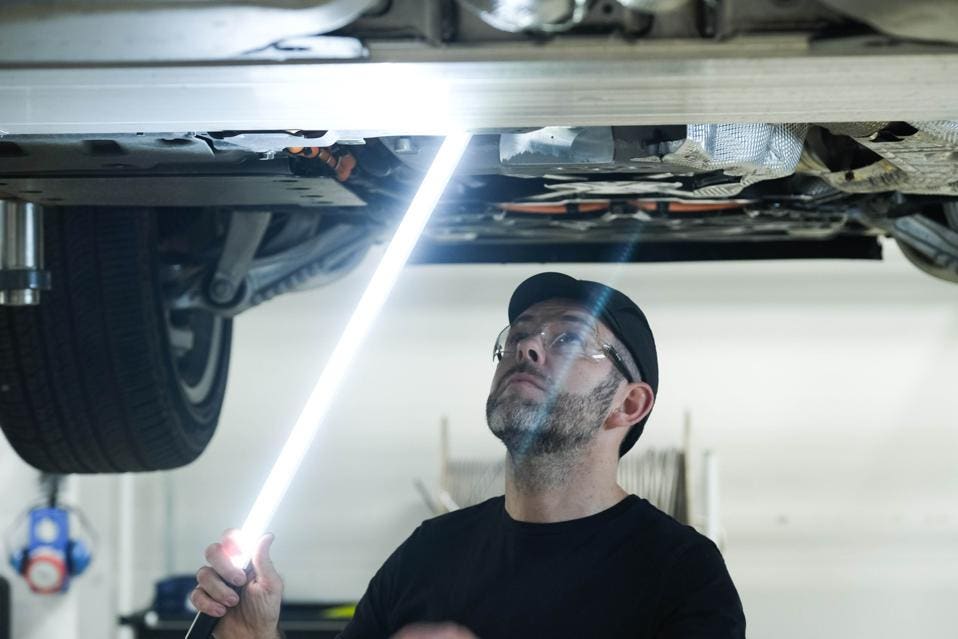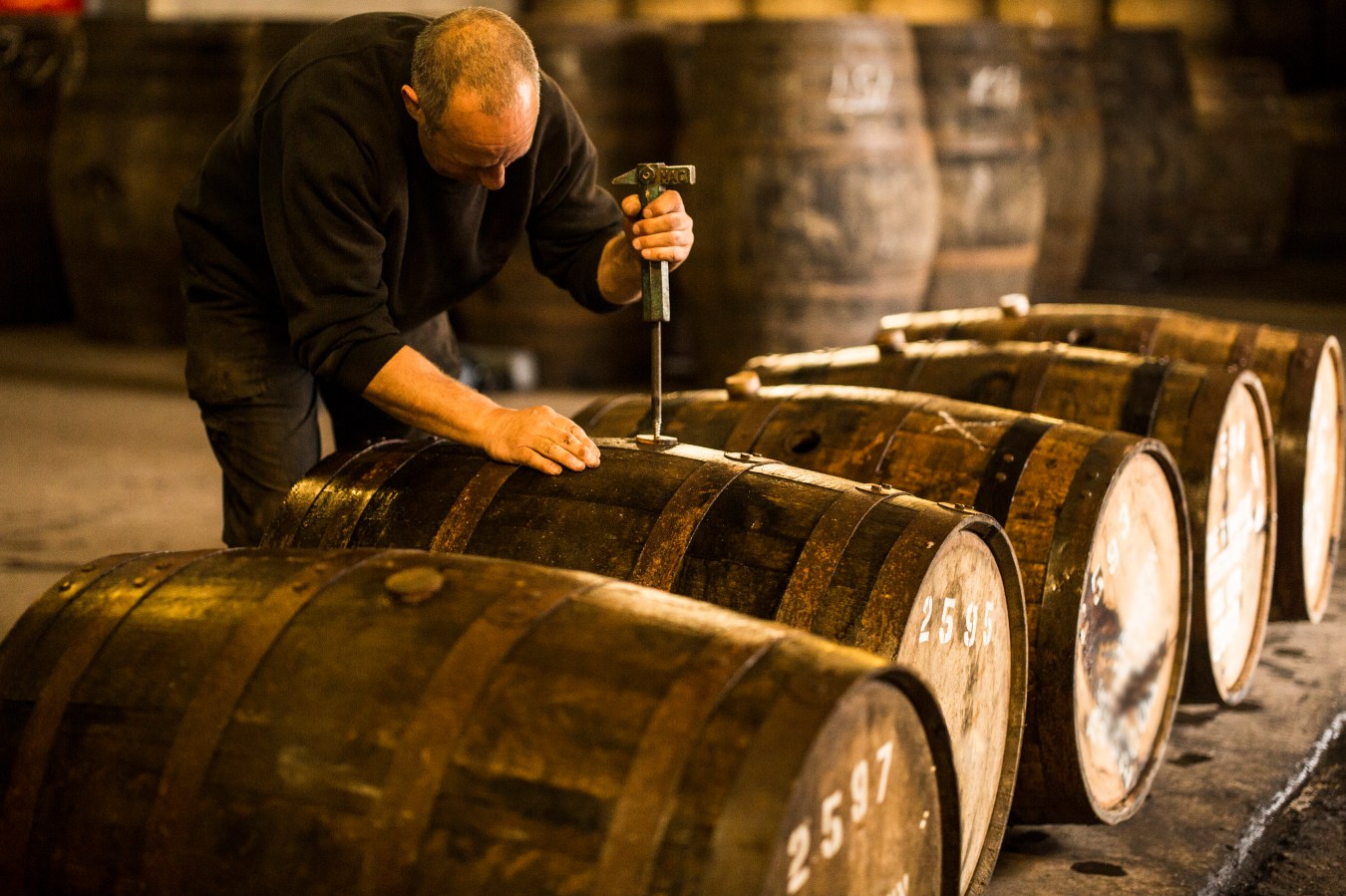Jaguar Land Rover, or JLR as its corporate identity is now called, is fighting back. Earlier this year, the company relaunched itself as a “House of Brands” comprising Jaguar, Defender, Discovery and Range Rover. This included a £15 billion ($18.5 billion) investment pledge over five years. Now details have emerged how some of that money will be spent. There will be £250 million (AU$476 million) used to build a “future energy lab” in Whitley, Coventry, UK.

The term “future energy lab” is a bit nebulous, but in the JLR context refers to an EV testing facility. The location is an existing engineering center and in fact the company headquarters.
Jaguar Cars has owned the site since 1987, but it was formerly an aerodrome originally built during the First World War. It has a significant footprint of 323,000 square feet and will now focus on developing Electric Drive Units (EDUs) for all four of JLR’s vehicle brands.
The investment has created 350 jobs in an industry that is clearly a growth area, with 200 EV engineers already in place and 150 more roles currently recruiting. In August this year, 40% of all cars registered had an electric motor, with half of those all-electric.
JLR is clearly looking to ride that wave. The future energy lab will host £40 million ($49 Million) technical innovations for testing, such as extreme weather climate chambers able to simulate temperatures between -40C and 55C.
This is clearly important when so many JLR brands are about rugged outdoor activities.

“Our vehicles are, and continue to be, at the forefront of an all-electric automotive future,” said Thomas Mueller, Executive Director of Product Engineering at JLR. “This facility, a core component of our Reimagine strategy, is essential to providing the advanced testing capabilities that will be vital to the performance and reliability of the modern luxury vehicles we are proudly developing.”
The £250 million / $305 million investment might seem like a drop in the ocean when Tesla invested almost $3.1 billion in R&D in 2022.
But it’s just part of the overall £15 billion investment figure JLR has promised over five years, which equates to an average of £3 billion ($3.7 billion) per year. JLR claims the new facility will “significantly increase its test and development capacity”.
It will also mean that cars produced locally in the UK can be tested in the UK, reducing the carbon footprint associated with transporting prototype vehicles to global testing facilities outside the country.
JLR is not a volume carmaker in the same way as Tesla. The Jaguar brand did once have some volume pretensions in the past but has for some years been the least profitable wing of JLR.
The Range Rover brand has increasingly found it can deliver vehicles costing six figures that sell with much better margins, defining the new model for JLR. The Reimagine strategy unveiled in 2021 entails Jaguar becoming the first of JLR’s brands to go all-electric.
All previous models, including the popular I-Pace BEV, will be swept aside as Jaguar aims higher in the market towards premium electrification. JLR is focusing on the high-margin, lower-volume luxury market going forward.

The new facility is already being put to good use. JLR’s next electric vehicle to be released, the modern luxury Range Rover BEV, is one of the models undergoing hundreds of thousands of hours of testing on the equipment available in Coventry.
The EDUs are being designed, developed, and tested by JLR engineers based at Whitley. The new electric Range Rover is due to be released in 2024.
UK Prime Minister Rishi Sunak may have put back the date when new pure internal combustion vehicles are banned from sale by five years to 2035, but the wheels are already in motion and crucial investments are being made.
JLR’s Reimagine strategy was devised a few years ago and the company is well on the way to making its plans for rebirth as a much leaner, more sustainable a reality.
By 2030, JLR plans to reduce its greenhouse gas emissions by 46% and cut the average vehicle emissions across its value chains by 54%. This will include a 60% reduction in vehicle emissions throughout their use phase (primarily tailpipe emissions).
Only a strong BEV portfolio will enable this. JLR is putting its money where its mouth is to achieve these environmental goals.
This article was first published on forbes.com and all figures are in USD.


